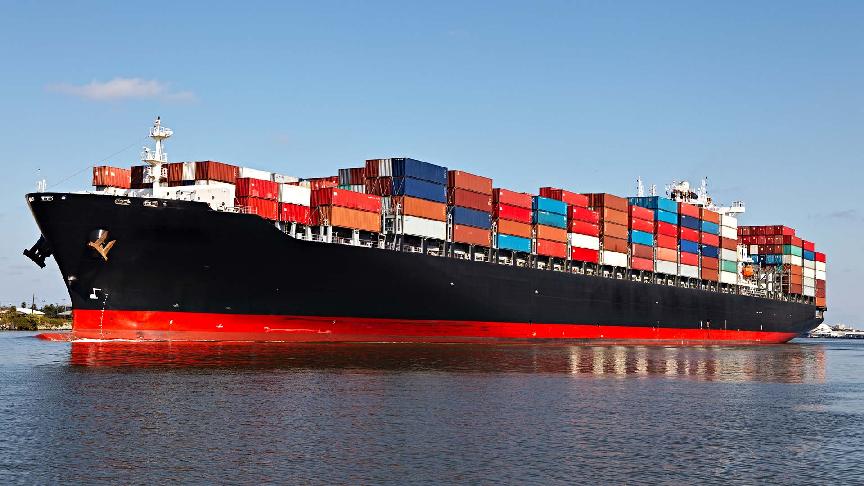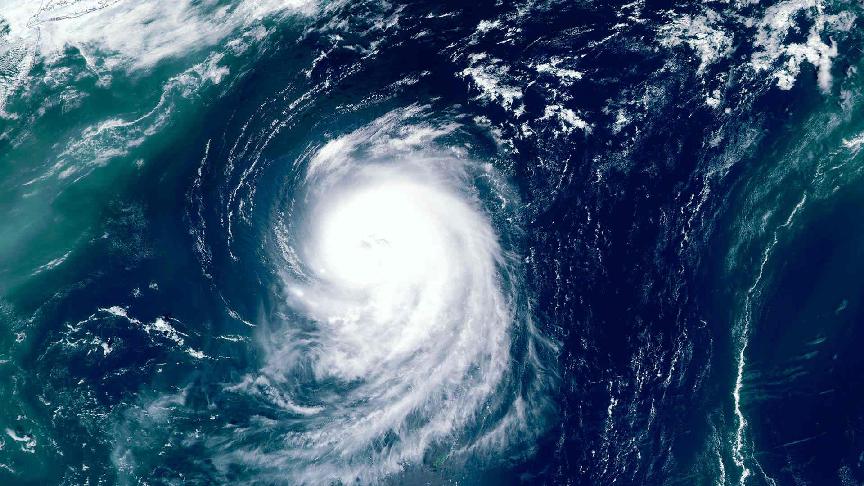28 May 2024 (Lloyd's List) - INCREASING port congestion is adding another level of disruption to the situation in the Red Sea as carriers struggle to maintain services because of diversions around the Cape of Good Hope.
“Rising port congestion has added further to the woes of the overstretched container market that is already reeling from a shortage of container equipment and vessel space,” said analysts at Linerlytica.
Its global port congestion indicator has hit the 2m teu mark, accounting for 6.8% of the global fleet, with Singapore becoming the latest congestion chokepoint.
Berthing delays at the world’s second-largest container port were up to seven days with the total capacity waiting to berth rising to 450,000 teu in recent days, Linerlytica said.
“The severe congestion has forced some carriers to omit their planned Singapore port calls, which will exacerbate the problem at downstream ports that will have to handle additional volumes,” it said.
The delays had also resulted in vessel bunching that was causing spillover congestion and schedule disruptions elsewhere, it added.
“The rise in port congestion has taken more than 400,000 teu of vessel capacity out of circulation in the past week alone, with a further escalation in the situation expected in the coming month.”
In its latest operational update, Hapag-Lloyd said Singapore was the worst-affected port in Asia with waiting times of up to 110 hours because of vessel bunching and congestion. Yard utilisation was running at 80% due to discharge volumes, it added.
In Shanghai, meanwhile, waiting times extended between 72 hours and 96 hours, depending on the terminal.
A report today from HSBC said that congestion had been building in Asia due to Red Sea rerouting with two to seven days’ delay at some ports.
“Such inefficiencies of cargo movement have led carriers to omit regional calls and blank sailings in their longer-haul routes so as to restore schedule reliability, which has further reduced the already-tight capacity,” it said.
“We think that port congestion in intra-Asia will not unwind any time soon, as rising demand from US and Europe, together with an early peak season, are adding to more congestion.
There were some signs of improvement at European ports, with HMM’s latest operational update showing waiting times of less than a day at the majority of European hubs.
Problems were only reported at the major Mediterranean transhipment hub of Algeciras.
“Average berth waiting time has increased to a day while the berth is almost fully occupied by calling services, and the current density is above 85%,” HMM said. “Feeder services have been severely affected by berth congestion waiting around three to four days.”
Across the Strait of Gibraltar at Tanger Med, congestion had reduced at the TC3 terminal.
“Mainline vessels can berth on arrival and feeder vessels need to wait around one to two days to berth,” HMM said. “The TC3 yard is congested as well due to an increase of volumes discharging from late-arriving vessels.”







